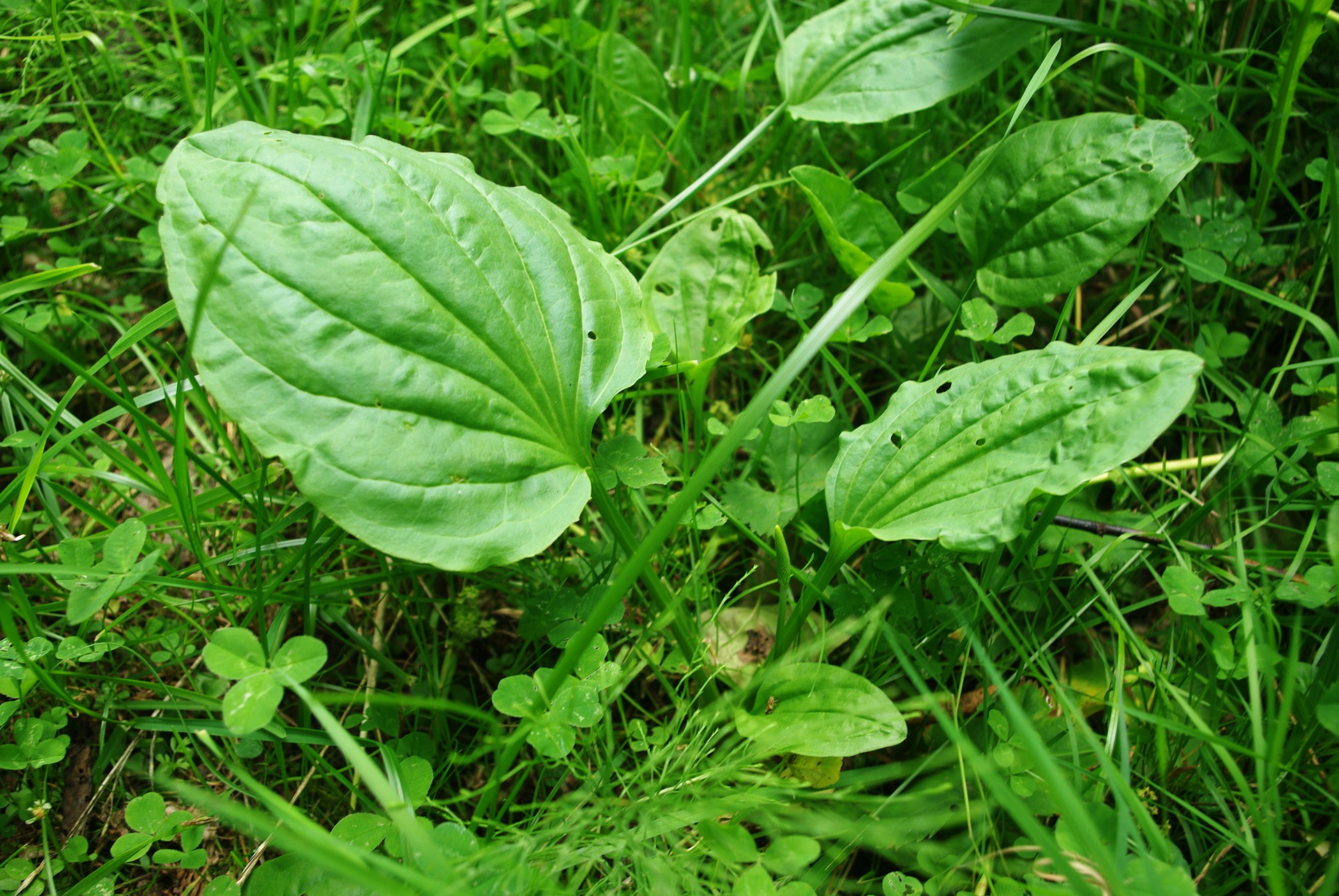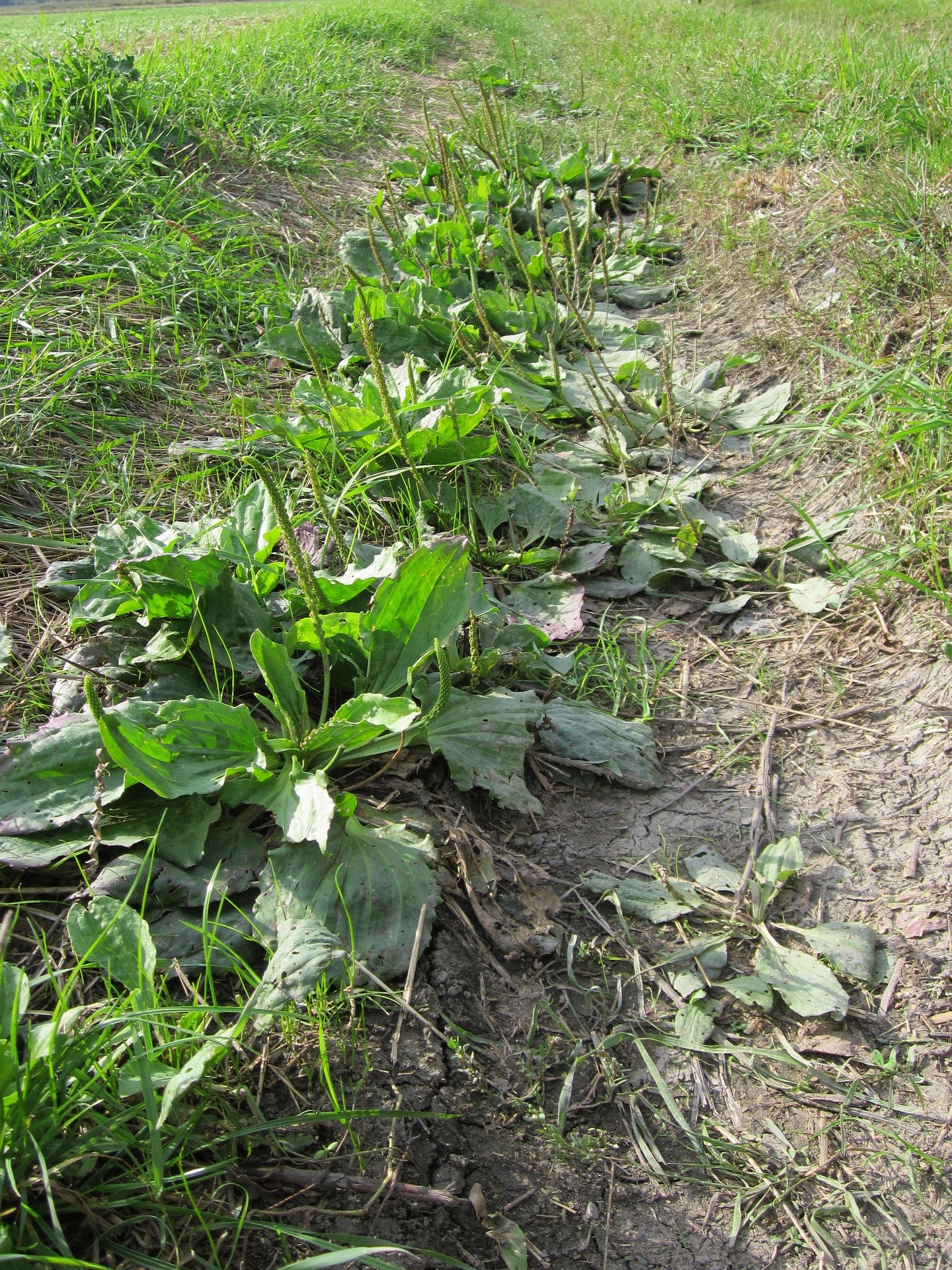Edible Wild Plants
by Lynnford Beachy
(This content is provided for informational purposes only and is not intended as medical advice, or as a substitute for the medical advice of a physician. Never eat any plant until you are absolutely certain of its identification, and that the part of the plant, and manner in which it is prepared, is safe to eat. There are many poisonous plants. Editor)
Plantain (Plantago)
Plantain (not the banana-like fruit by the same name) is one of the most valuable wild plants for food and medicine. It can be used in many practical ways, and is found in most places of the world. This plant can be used to treat chronic diarrhea as well as digestive tract disorders. By chewing fresh leaves you can make a paste that may be applied to the skin to treat minor burns, insect bites, or open wounds. The seed husks are known as psyllium, the main ingredient of over-the-counter laxative products like Metamucil. All parts of the plant are safe to eat, raw or cooked.
Identification
Plantain is very easy to identify. It grows in many yards and fields all over the world. It has five to eight “parallel” veins going down the length of the leaves starting at the base (unlike most leaves that have veins spreading out from one central vein.) When the leaves are broken apart there is an inner celery-like string in each vein. During much of its life it also has seed stalks about the size of a pencil that can be eaten cooked or raw. There are several varieties of plantain, all of which can be used in the same way with similar results. Brood leaf (pictured below) is the most common type you will find in North America. Narrow leaf plantain is quite common as well, and can be identified in the same way, but with narrow, long leaves.
Conclusion
Plantain has a mild taste. Young leaves can be eaten raw in salads, and older leaves may be cooked in soups. It is loaded with vitamins and minerals, such as Vitamin C, Calcium, Magnesium, Zinc, Betacarotine, protein, etc. It is good for food, and has many medicinal properties. After you positively identify it, give it a try.



